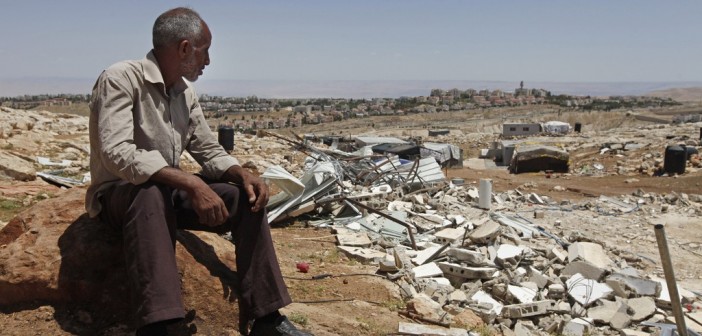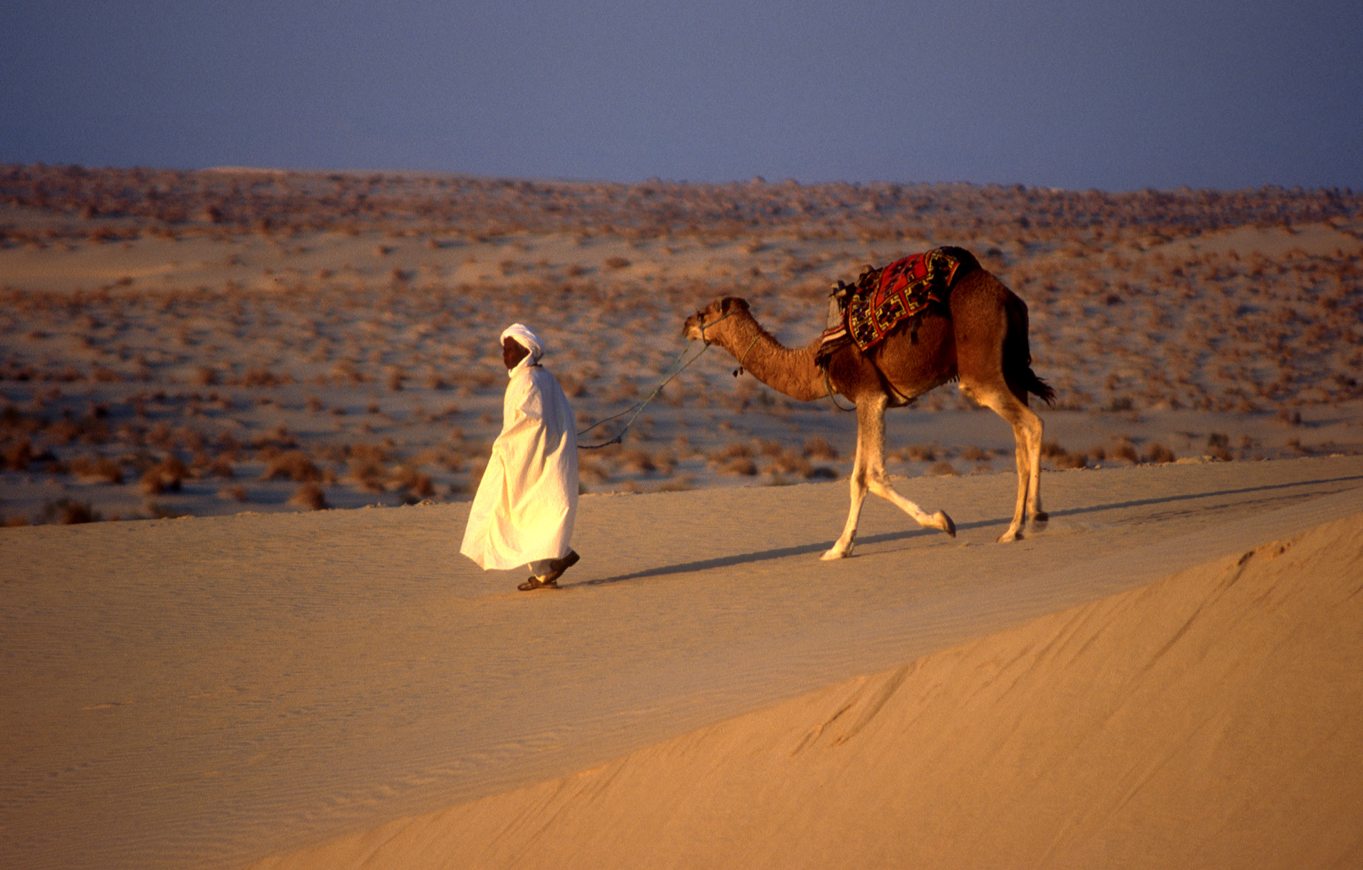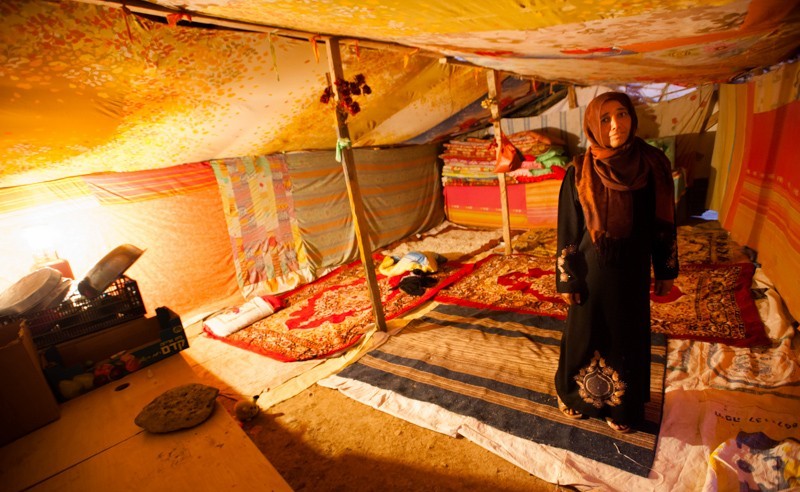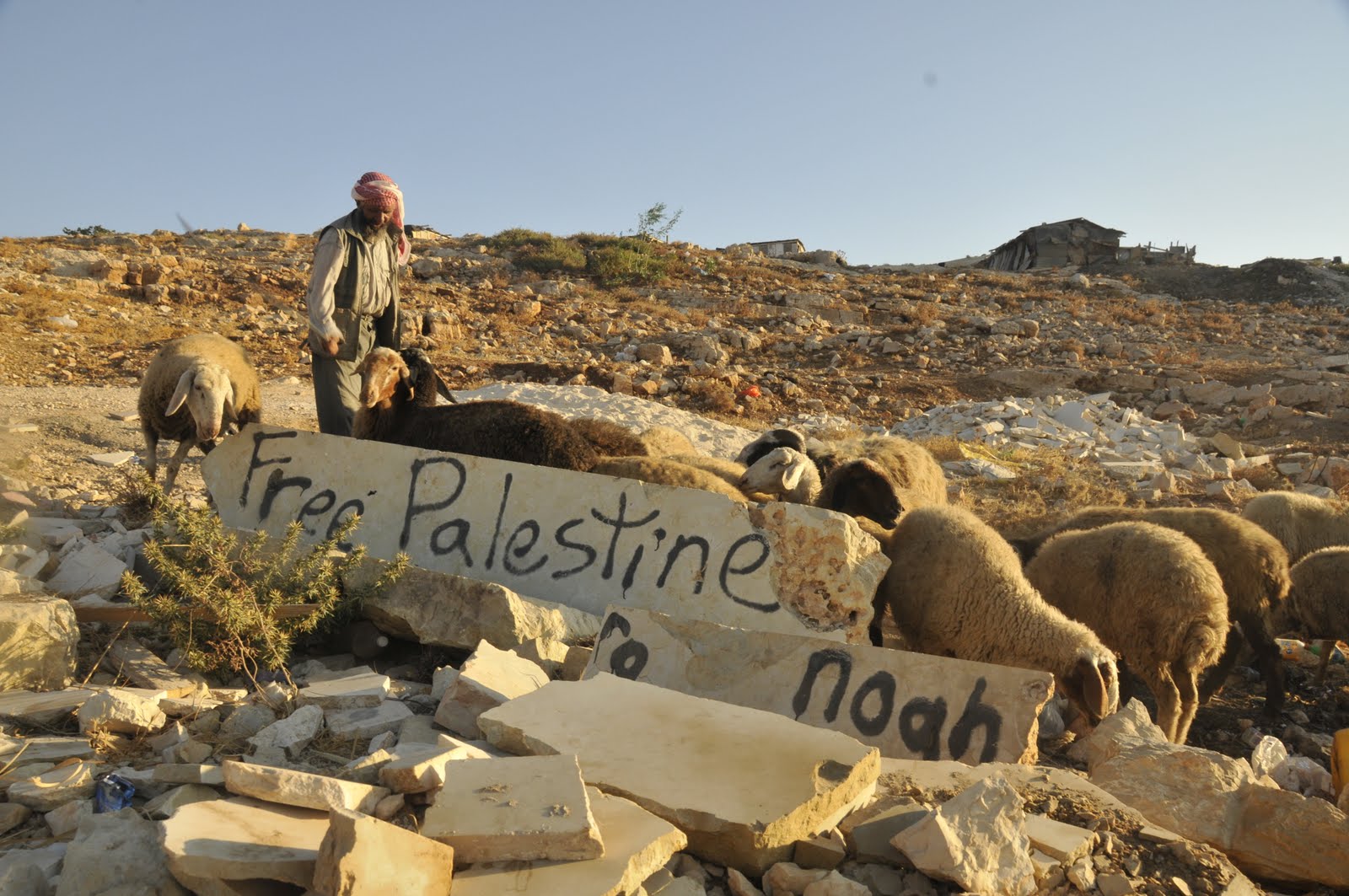Nomadic culture is at the core of human history. As seasons change, people move from place to place in search of fertile ground. The story of travel, of adventure, of triumph over the adversity inherent in the natural world is key to the human story. Many nomadic populations still exist today. One of the most famous are the Bedouin. In the Holy Land west of the Jordan, their continued existence is in doubt. BRIC Plus tells you all you need to know about the Bedouin, and the challenges they face.
Who are the Bedouin?
The Bedouin are an Arab nomadic group who have wandered the Middle East for thousands of years. The name ‘Bedouin’ is derived from the Arabic badawi, which means ‘desert-dweller’. There are historically two groups of Bedouin, one descended from settlers from the area which is now Yemen, and the other, who claim descent from the biblical figure and prophet Ishmael (Ismail), from Central Arabia. The Bedouin are composed of clans, and they traditionally herd goats, sheep, and camels, moving with the seasons for their livestock to graze. Their population is estimated to be around 21 million, and they are mostly adherents of Sunni Islam.
Where do the Bedouin live?
The Bedouin can be found all over North Africa and the Middle East. Sudan is home to almost half, with over 10 million. Though many have settled in cities all over the region and the world, a number of core nomadic populations remain. The Bedouin mostly live in the desert, in tents and temporary homes. These are able to be dismantled as the populations as they move with the seasons. However, this most ancient tradition is increasingly under threat.
What is the Bedouin’s situation in Israel and Palestine?
In the state of Israel, Bedouin number 250,000, in Palestine, 30,000. But their way of life is increasingly under threat. Of the 250,000 Bedouin absorbed within Israel, their nomadic status has been forcibly removed. Stripped of their traditional way of life, they were brought into the state without any regard to their historic status and cultural integrity. Their dwelling were demolished and outlawed. The Negev Desert is home to the vast majority of Israel’s Bedouin, 200,000, but encroaching settlements put their traditions under considerable threat.
In the occupied West Bank, the 30,000 Bedouin fear complete cultural extermination. In Israel and Palestine, due to necessity, many of the Bedouin have been forced to become slightly more settled. However, even these homes are being demolished. The erection of walls and settlements also threatens the traditional livelihood of the Bedouin, preventing their livestock from grazing. As settlements increase in violation of the United Nations, the footprint of the traditional nomadic Bedouin is slowly being wiped from the deserts of the Holy Land.
If you like this article you may be interested in “Ethopia: World’s Best Tourism Destination 2015”.








